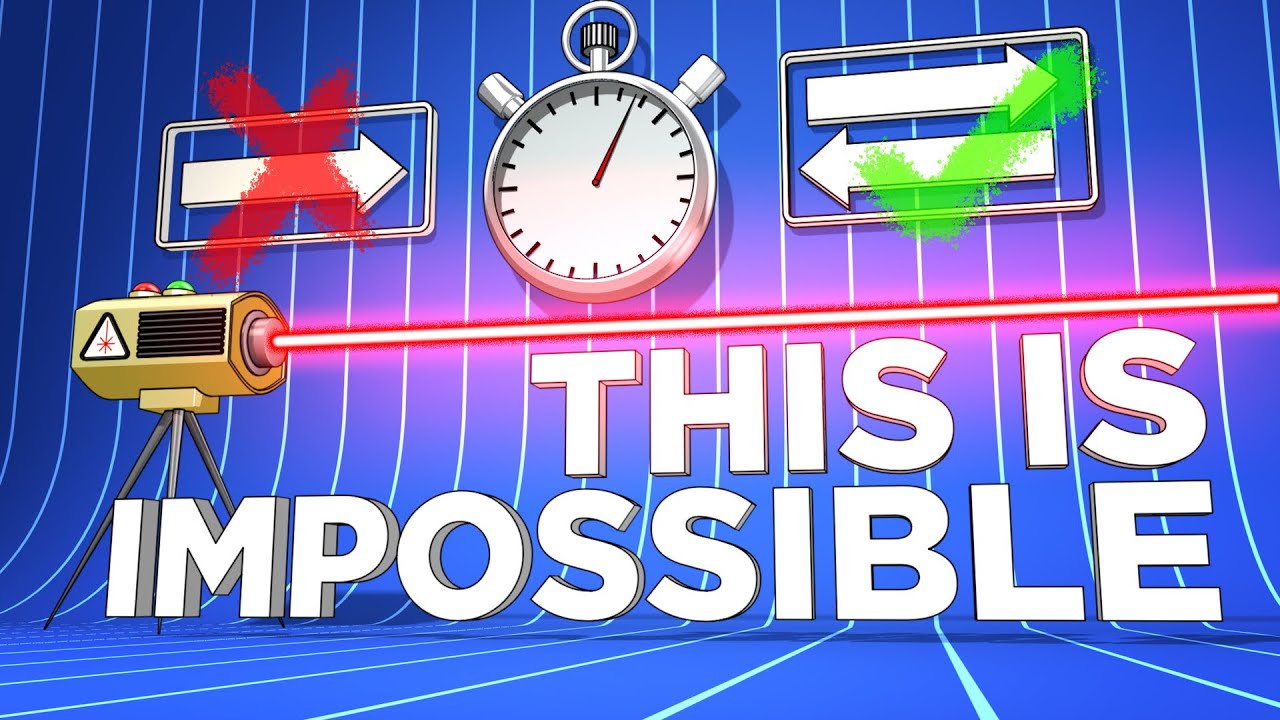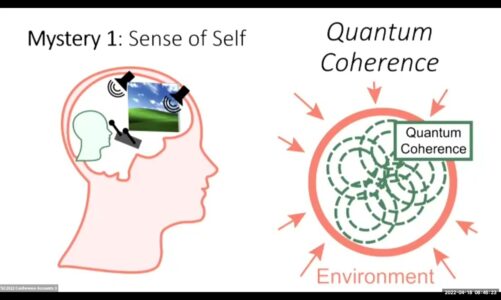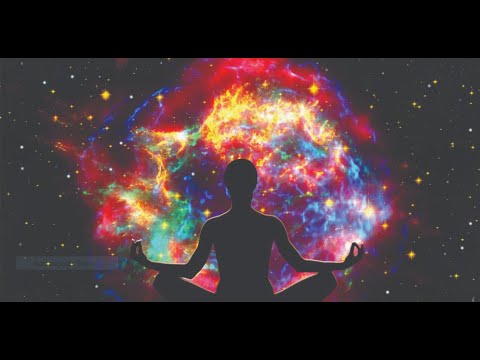Veritasium
Physics students learn the speed of light, c, is the same for all inertial observers but no one has ever actually measured it in one direction. Thanks to Kiwico for sponsoring this video. For 50% off your first month of any crate, go to https://kiwico.com/veritasium50
Huge thanks to Destin from Smarter Every Day for always being open and willing to engage in new ideas. If you haven’t subscribed already, what are you waiting for: https://ve42.co/SED
For an overview of the one-way speed of light check out the wiki page: https://ve42.co/wiki1way
The script was written in consultation with subject matter experts:
Prof. Geraint Lewis, University of Sydney https://ve42.co/gfl
Prof. Emeritus Allen Janis, University of Pittsburgh
Prof. Clifford M. Will, University of Florida https://ve42.co/cmw
The stuff that’s correct is theirs. Any errors are mine.
References:
Einstein, A. (1905). On the electrodynamics of moving bodies. Annalen der physik, 17(10), 891-921.
(English) https://ve42.co/E1905 (German) https://ve42.co/G1905
Greaves, E. D., Rodríguez, A. M., & Ruiz-Camacho, J. (2009). A one-way speed of light experiment. American Journal of Physics, 77(10), 894-896. https://ve42.co/Greaves09
Response to Greaves et al. paper — https://arxiv.org/abs/0911.3616
Finkelstein, J. (2009). One-way speed of light?. arXiv, arXiv-0911.
The Philosophy of Space and Time – Reichenbach, H. (2012). Courier Corporation.
Anderson, R., Vetharaniam, I., & Stedman, G. E. (1998). Conventionality of synchronisation, gauge dependence and test theories of relativity. Physics reports, 295(3-4), 93-180. https://ve42.co/Anderson98
A review article about simultaneity — Janis, Allen, “Conventionality of Simultaneity”, The Stanford Encyclopedia of Philosophy (Fall 2018 Edition), Edward N. Zalta (ed.) https://ve42.co/janis
Will, C. M. (1992). Clock synchronization and isotropy of the one-way speed of light. Physical Review D, 45(2), 403. https://ve42.co/Will92
Zhang, Y. Z. (1995). Test theories of special relativity. General Relativity and Gravitation, 27(5), 475-493. https://ve42.co/Zhang95
Mansouri, R., & Sexl, R. U. (1977). A test theory of special relativity: I. Simultaneity and clock synchronization. General relativity and Gravitation, 8(7), 497-513. https://ve42.co/Sexl
Research and writing by Derek Muller and Petr Lebedev
Animations by Ivàn Tello
VFX, music, and space animations by Jonny Hyman
Filmed by Raquel Nuno
Special thanks for reviewing earlier drafts of this video to:
Dominic Walliman, Domain of Science: https://ve42.co/DoS
Henry Reich, Minutephysics: https://ve42.co/MP
My Patreon supporters
Additional music from https://epidemicsound.com “Observations 2”
Source




Quantun entanglement clo ks will solve this problem
I actually pondered whether we truly knew the speed of light a few years ago. At that point in time, I wasn't really thinking about how we measured the speed of light, and mostly wondered about the effect of gravity on the speed of light, as, if I understand it correctly, the curving of space by gravity would increase the distance light would travel.
This is far more interesting however, as it shows that the speed of light, currently, is an assumption which means everything based on it is also an assumption, which can open a wide world of New Things To Think About but can also be the horrible gateway to deep and destructive nihilism.
Edit: and you bring up many of these at 12:00! It truly is amazing how much we depend on this assumption to define our reality.
Wait so in the Mars scenario where they’re syncing clocks, couldn’t you then go to Mars at a non relativistic speed and bring an accurate clock with you from earth then see the inaccuracy for yourself?
I’ve had that thought before. I saw in a channel where they said that a bullet travels at a different speed, if it is fired at sea level or above the clouds.
Speed is not a constant but a variable.
Uh, that would mean Relativity is wrong. There has never been a valid experiment showing that it is incorrect. Unless you are arguing that the photon is somehow entangled?
I'm wondering if the fact that we see the same background microwave noise in all directions isn't proof that speed of light is the same in all directions, but as I'm writing it I'm beginning to think it isn't. Maybe it's proof is not instantaneous in one way, but also not necessarily, because it would also affect how fast the universe grows, wouldn't it?
In 1887 it was known that sound required a medium in which to travel. It was therefore assumed that light also required a medium in which to travel. It was called the luminiferous aether.
Michelson and Morley eliminated the luminiferous aether by pointing their interferometer in several different directions thereby ascertaining that light traveled at the same speed in all directions.
Therefore, if you are correct, in which direction is light traveling so that it's instantaneous relative to the physical universe?
Also, if a photon could think, or be conscious, it would not perceive any time at all. It would also experience no distance. I think that's more of an anomaly than your postulate of a disparate speed in opposite directions.
See my book, "Infinity, Time, Death and Thought" for some interesting answers about Young's double slit experiment, the characteristics of light and more.
Agreed, the speed of light has not been accurately measured. But the special theory of relativity allows that it can't be.
Essentally, one must be at two places at the same time to guage the relative speed of something that moves.
As observers with mass, we cannot observe infinite values.
However, close is good enough for me.
Time/space contracts and expands. Deal with it.
but we dont live in 1 dimention. we live in multiple dimentions. so wouldnt shining lights in other directions work? light moving in one direction slowly and the other faster in all 3 dimentions would show up somewhere at different angles wouldnt it? im pretty sure im wrong so someone prove me wrong. but im just thinking.
The answer should be obvious, if light traveled faster in any direction, then there would appear more stars in the faster direction (assuming you have a really really good telescope). I.e. a really good telescope can't see unlimited stars, because stars are so far away that since their birth the light hasn't had enough time to reach earth. However if speed of light was faster one way, then there would be more stars appearing from that direction.
What if the light has some interaction with the reflecting surface and take a while to be reflected? The actual speed of light would be way faster…
Two clocks start them at the same time and spread them apart an equal distance at an equal speed the shoot the laser. Just a thought might work might not🤷♂️
How about black holes? Why we can't see inside them?
I think the key to answering this would be to acknowledge that there are a functionally infinite number of direstions in a three dimentional universe such as our own. I get how this works as a thought experiment in the specific labratory conditions layed out in this video but the real world is not one dimensional, there are more than two directions. If the speed of light is 1/2c moving south and infinite moving north, what is the speed moving east? southwest? whatever your answer there is probably a way to test that experimentally.
If I understand this correctly, we would only notice the problem with clocks being not synchronized in mars and earth, if I can snap my fingers to magically and instantaneously teleport between earth and mars after they "synchronize" their clocks, only to find out that they aren't really synchronized after all. Is that right?
Also if we do not notice the problem (we can't teleport or travel faster than light) then this isn't really a problem, right? Because regardless of what it means for light to travel at different speeds in different directions, it would take the same time over 1m compared to a beam of light that travels at the same speed in both directions. So the only effect is that people see things at different time depending on the direction they are looking at.
2:20 Why can't you use that time delay to measure the speed of light?
I wonder if one day it will be achieved with entangled pairs? Are they truly instantaneous when flipped? Could they at least be used as a comparative?
How about you try sending light from Point A and start timing on A's stationed clock, when it reaches Point B It trigger B's stationed clock to start and then again after any amont of time you send another one from A to B which shuts down both A's and B's clocks, then do the same in opposite direction, then IFF the 4 time periods are the same then light speed in both directions is the same. Voila!
Not a definition, but an assumption of the theory.
There is only now.
Eternal now.
The Cosmic Microwave Background is an example of a one-way trip for light. Any variations would cause deviations. The extreme homegeneity of the CMB indicates that speed of light is spatially invariant. Also, General Relativity completely breaks when you relax Einstein's convention. Spatially Invariant speed of light is necessary to decouple space and time and do operations with them in GR (define the metric). Since we know General Relativity is correct at macroscopic distances, then light must be spatially invariant at macroscopic distances.
At the quantum level, this is a very interesting thing to imagine and I wonder of a connection to the odd behavior of virtual particles. Maybe macroscopic light speed is not the same as quantum light speed. This has really opened my perspective. Great video as usual.
Can someone tell where my thought experiment breaks: you are in the middel and a satellite moves around you, which sends a light pulse constantly with the same delay, wouldn't the intervals change for you if the c changed in different direction
i call BS… first of all the amount of time the clocks would move out of sync? negligible im sure even on a mass scale… and lets say that is the case, why cant that be calculated and then the clock adjusted? they can do it for orbiting satellites.
Oh so hear me out. Could earth and Mars synchronize there time then make a plan so at exactly 12:30 earth sends a message and if it gets to Mars at 12:50 that means the the speed of light Is different in each direction.
If you have the same light and mirror setup measure the light for a baseline, then put some other median in the path of the "there" light and measure it(as light moves differently in different mediums, then move the median in front of the return trips beam and measure it. if there is a difference in time with respect to the baseline for putting the medium in front of the "there" beam, but no difference in time relative to the medium in front of the "from" beam we can tell if this hypothesis is correct or not.
And if you simply used a high speed camera?
What if there is sent a signal from Mars every 10 minutes, and at the lets say 9th minute, mars blows up (therefor no signal). If we then go 19 minutes without a signal and see Mars blow up on the 19th minute, will that not confirm that light speed is the same both ways?
I am the only one who thinks he's theory is wrong?